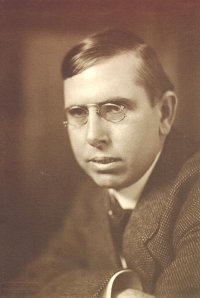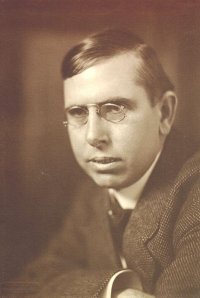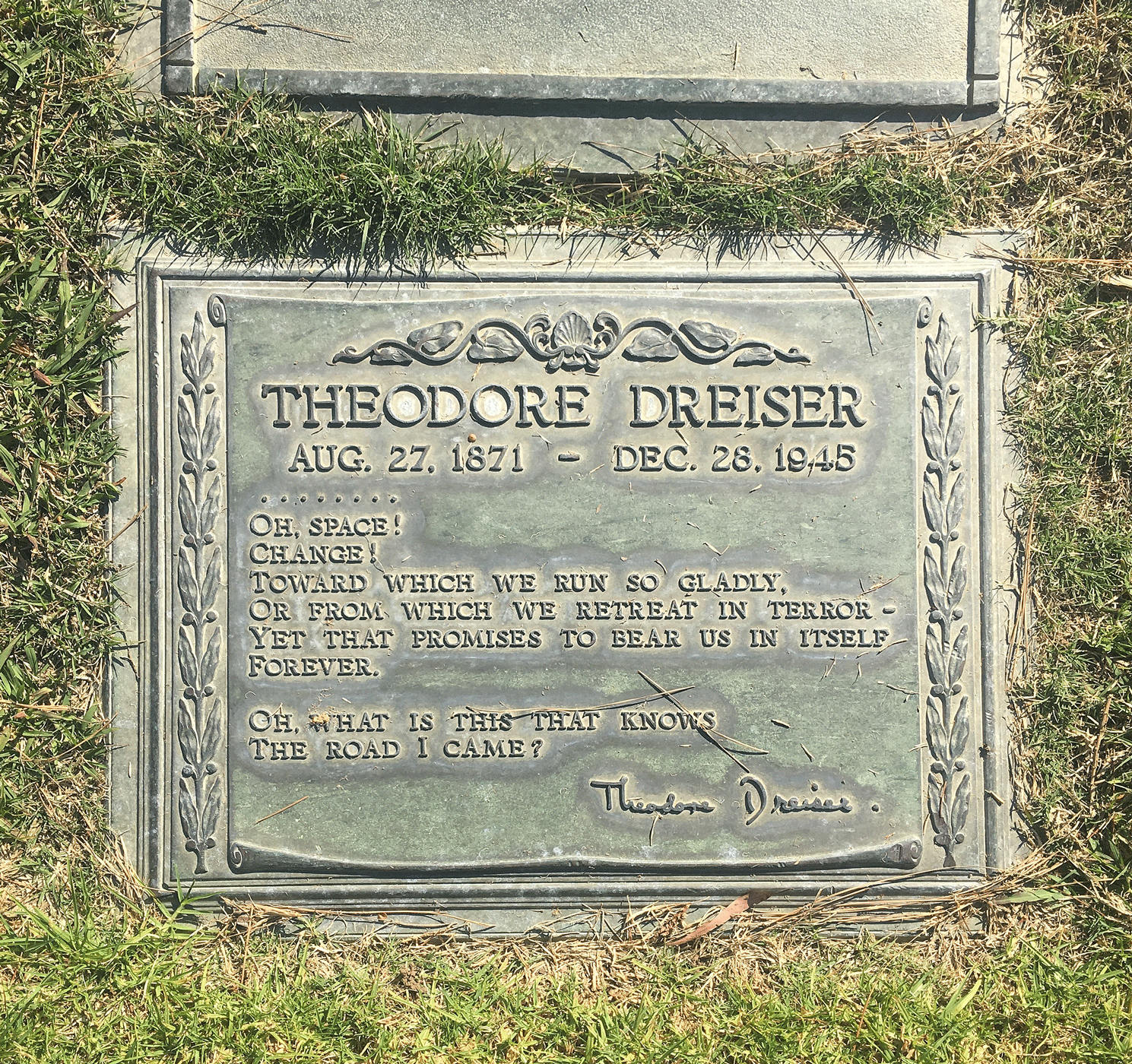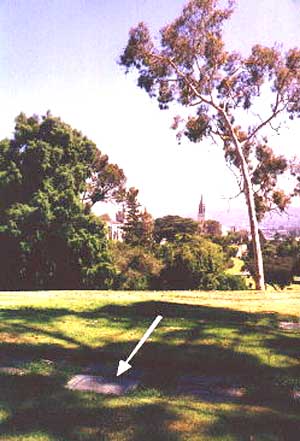Author. He was an American author. He was the ninth child of German immigrants whose father became disabled and could not provide for his large family. While he was a child, he experienced poverty, and at the age of fifteen, he was forced to leave home in search of work. His formal early education was weak, but he taught himself to read. After attending Indiana University for one year, he found work as a reporter for the "Chicago Globe." Later, he worked for the "St. Louis Globe-Democrat," "St. Louis Republic," and "Pittsburgh Dispatch," before moving to New York, where he attempted to establish himself as a writer. Author Frank Norris helped Dreiser's first 1900 novel "Sister Carrie" to be published. Since the owners disapproved of the novel's subject matter of the moral corruption of the heroine, Carrie Meeber, his novel was not promoted and, therefore, sold badly. He wrote in the style of realism and harsh conditions in the big city, including major crimes. His second novel, "Jennie Gerhardt" was not published until 1911. With the support of the literary critic Floyd Dell, "Sister Carrie" was republished in 1912. This was followed by two novels, "The Financier" in 1912 and "The Titan" in 1914, about Frank Cowperwood, a power-hungry business tycoon. "The Genius" was published in 1915 but was another ten years before Dreiser's greatest novel, "An American Tragedy," in 1925. The book was based on the Chester Gillette and Grace M. Brown murder case that took place in 1906. He wrote several non-fiction books on political issues like "Dreiser Looks at Russia" in 1928, "Tragic America" in 1931, and "America is Worth Saving" in 1941. Theodore Dreiser joined the American Communist Party just before he died. In 1930, Dreiser was nominated for the Nobel Prize in Literature, but the award went to Sinclair Lewis. In 1945, the American Academy of Arts and Letters presented him with its Award of Merit.
Author. He was an American author. He was the ninth child of German immigrants whose father became disabled and could not provide for his large family. While he was a child, he experienced poverty, and at the age of fifteen, he was forced to leave home in search of work. His formal early education was weak, but he taught himself to read. After attending Indiana University for one year, he found work as a reporter for the "Chicago Globe." Later, he worked for the "St. Louis Globe-Democrat," "St. Louis Republic," and "Pittsburgh Dispatch," before moving to New York, where he attempted to establish himself as a writer. Author Frank Norris helped Dreiser's first 1900 novel "Sister Carrie" to be published. Since the owners disapproved of the novel's subject matter of the moral corruption of the heroine, Carrie Meeber, his novel was not promoted and, therefore, sold badly. He wrote in the style of realism and harsh conditions in the big city, including major crimes. His second novel, "Jennie Gerhardt" was not published until 1911. With the support of the literary critic Floyd Dell, "Sister Carrie" was republished in 1912. This was followed by two novels, "The Financier" in 1912 and "The Titan" in 1914, about Frank Cowperwood, a power-hungry business tycoon. "The Genius" was published in 1915 but was another ten years before Dreiser's greatest novel, "An American Tragedy," in 1925. The book was based on the Chester Gillette and Grace M. Brown murder case that took place in 1906. He wrote several non-fiction books on political issues like "Dreiser Looks at Russia" in 1928, "Tragic America" in 1931, and "America is Worth Saving" in 1941. Theodore Dreiser joined the American Communist Party just before he died. In 1930, Dreiser was nominated for the Nobel Prize in Literature, but the award went to Sinclair Lewis. In 1945, the American Academy of Arts and Letters presented him with its Award of Merit.
Bio by: Jelena
Inscription
........
Oh, Space!
Change!
Toward Which We Run So Gladly,
Or From Which We Retreat in Terror -
Yet That Promises To Bear Us In Itself Forever.
Oh, What Is This That Knows
The Road I Came?
Family Members
-
![]()
Paul Dresser Jr
1857–1906
-
![]()
Mark Roman "Rome" Dreiser
1860–1940
-
![]()
Mary Frances "Mame" Dreiser Brennan
1861–1944
-
![]()
Emma Wilhelmina Dreiser Nelson
1863–1936
-
Cecilia "Sylvia" Dreiser Kishima
1864–1945
-
![]()
Mary "Theresa" Dreiser Davis
1864–1897
-
Albert Joseph "Al" Dresser
1867–1946
-
![]()
Claire Clotilde "Tillie" Dreiser Gormley
1868–1918
-
![]()
Edward Minerod "Ed" Dreiser
1873–1958
Advertisement
See more Dreiser memorials in:
Advertisement















